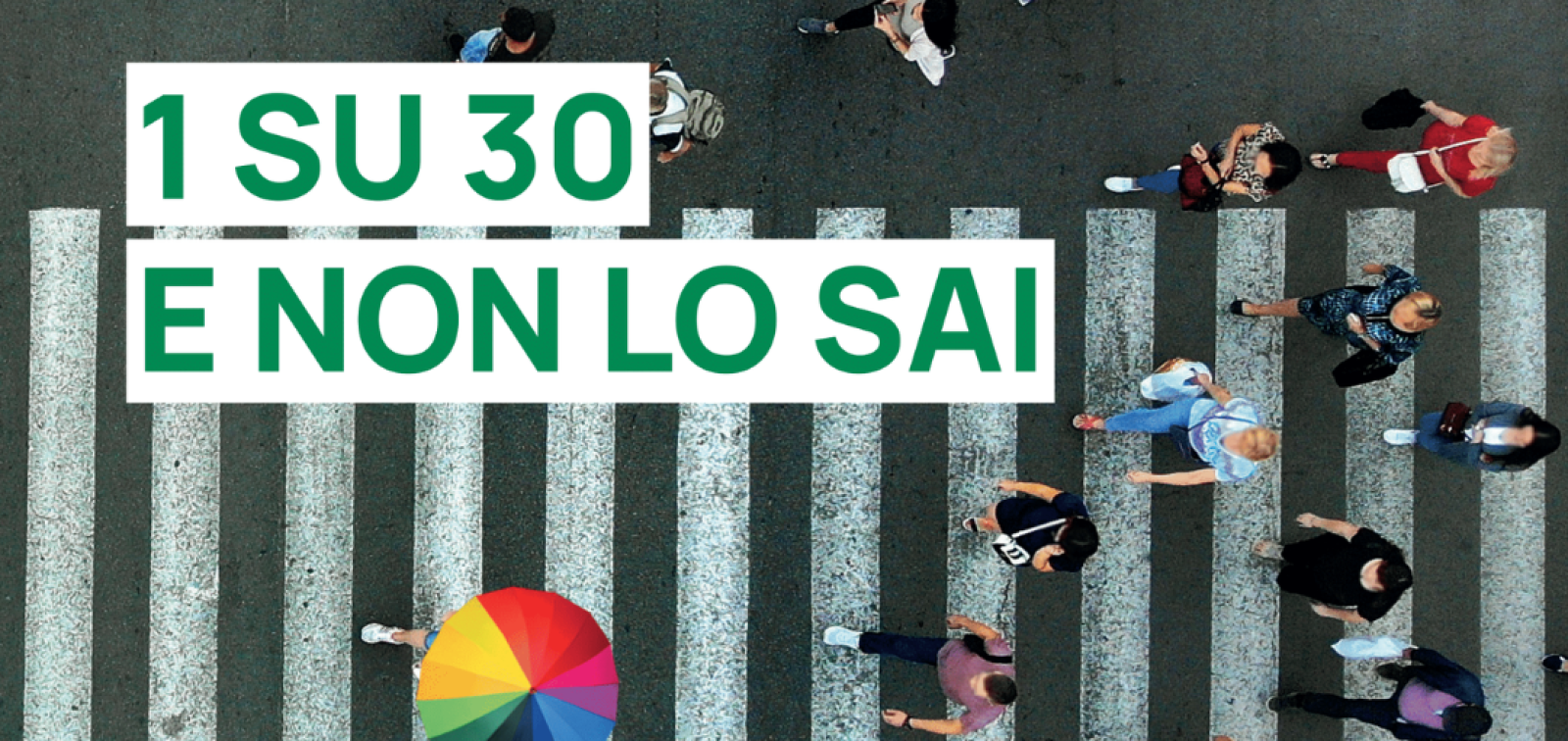A future without effective antibiotics for some infections is possible. Only 70 years ago, penicillin discovery have changed infectious diseases treatment, reducing deaths and illness. However, the high microbial adaptability has appeared few years later drug discovery: already in his Nobel Prize speech in 1945, Alexander Fleming, who discovered penicillin, warned that bacteria could become resistant to these remarkable substances. Between 1940 and 1990, 29 classes of antibiotics with different mechanisms of action have been discovered and designed. Nevertheless, the extensive abuse in both humans and food-producing animals has favoured the selection and spread of resistant bacteria, making these stuffs less effective.
In 2009, the European Centre for Disease Prevention and Control (ECDC) and The European Medicines Agency (EMA) estimated that these infections resulted in 25,000 deaths in 29 countries in Europe (5.1 per 100,000 inhabitants). And the human costs get worst considering health care costs and productivity losses: at least 1.5 billion euros each year.
In 2014, WHO has published the report “Antimicrobial resistance: global report on surveillance 2014”, monitoring the antimicrobial resistance (AMR) worldwide. The most common bacteria showing resistance are reported in the following bar chart, highlighting the worst condition of Italy in comparison with European mean.
On the basis of these data, the most common diseases or conditions that could be at risk of ineffective treatment are community-acquired infections, such as pneumonia, cystitis, infections in neonatal and intensive care; patients receiving cancer treatment or organ transplants; the post-operative surgical site infections therapy.
On 13 May 2014, the European Commission and the American Department of Health and Human Services announced the publication of “Transatlantic Taskforce on Antimicrobial Resistance (Tatfar)”, a report arising from the USA and Europe partnership. In fact, AMR shows a global dimension, and the USA-Europe task has been an answer to the WHO's resistance surveillance request, underlining the need for an improved and coordinated global effort, including wider sharing of surveillance data for public health actions.
The Tatfar agreement was established in 2009, aiming to spread an appropriate therapeutic use of antimicrobial drugs; to prevent both health care and community associated drug-resistant infections; and to design strategies for improving new antimicrobial drugs. In fact, studies indicate that nearly 50% of antimicrobial use in hospitals is unnecessary or inappropriate and that 53% of Europeans believed that antibiotics kill viruses. The right information and the approach of sharing are critical to preserve the effectiveness of existing antimicrobials. The USA-Europe collaboration covered the years 2009 – 2013, and has expressed 17 recommendations to standardize practices and to understand the best methods to resistance threat.
For the following six years, Europe will take care of the antibiotics resistance with the New Drugs for Bad Bugs (ND4BB) programme, joining forces from international public and private partners to develop antibiotics, since such a task is no longer financially sustainable for pharmaceutical companies alone. The programme will be supported by the Innovative Medicines Initiative (IMI) and the European Federation of Pharmaceutical Industries and Associations (EFPIA). The Horizon 2020 research will focus on gram-negative bacteria, which are the most resistant because of their external physical barrier called envelope. Not only the double membrane discourages drugs entrance, but the gram-negative microorganisms have also developed several efflux pumps, through which they can pull out substances that could harm them. The project will find solutions for prevention and management of patients with bacterial infections, but will also take on the challenge to discover and develop new drugs. In fact, in the last 30 years only two new classes of antibiotics have been brought to market.
The ND4BB is divided in five topics: COMBACTE, Tanslocation, ENABLE, and two others not yet well established.
COMBACTE: has the aim to create a clinical network, as a big trials benchmark, capable of recruiting sufficient patients. Among COMBACTE proposals there are also the creation of bacterial strains database; the standardization of diagnostic microbiological tests; the collection of baseline data; the establishment of surveillance programmes.
Translocation: rises from the urgent need for a greater understanding of how gram-negative bacteria develop resistance to antibiotics and what molecular mechanisms could be exploited to get through bacterial defence mechanisms. Data sharing and analysis will be precious for knowledge sharing. Translocation involves 34 partners, spread in eight countries, among which there is Italy. Cagliari University will study the bacteria membrane permeability, the genetic modification in resistance progression, and the creation of the InfoCentre platform for internal and external data aggregation, extraction, storage, access, and analytics.
ENABLE (European Gram-Negative Antibacterial Engine): is focused on the development of novel antibiotics against gram-negative pathogens. ENABLE involves 13 countries and brings together 32 partners. The deadline for ENABLE is 2019, fixing the date to have a novel anti-bacterial for gram-negative infections.
By joining this program, universities, research institutes and industries will make a big effort to provide new perspectives and tools for the gram-negative secret understanding.


